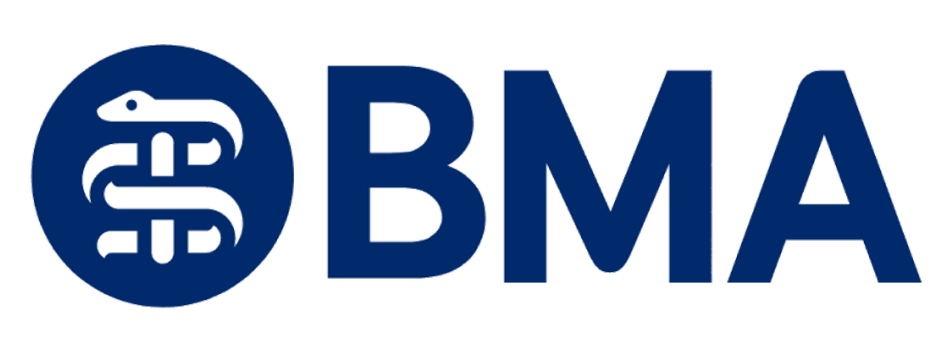RFA ablation with foam refers to a combined treatment for varicose veins that uses both RFA (Radiofrequency Ablation & Foam Sclerotherapy.
1 leg - £2000
Both legs - £3000
Consultation fee - £180
You will have to wear stockings for 7 days and will not be able to drive for 24-48 hours following treatment.
RFA ablation with foam refers to a combined treatment for varicose veins that uses both:
This combination is used to more effectively treat varicose veins, especially when multiple vein segments or tributaries are involved.
1. Radiofrequency Ablation (RFA)
2. Foam Sclerotherapy
Why Combine RFA and Foam?
Benefits:
Risks (generally low):
£118 per 3 treatments
£162 per 3 treatments
£162 per 3 treatments
£162 per 3 treatments
£205 per 3 treatments
£259 per 3 treatments
£324 per 3 treatments
£205 per 3 treatments
£259 per 3 treatments
£216 per 3 treatments
£324 per 3 treatments
£378 per 3 treatments
£205 per 3 treatments
£378 per 3 treatments
£432 per 3 treatments
£540 per 3 treatments
£324 per 3 treatments
£378 per 3 treatments
£378 per 3 treatments
£378 per 3 treatments
£540 per 3 treatments
£853 per 3 treatments
£1,080 per 3 treatments
£540 per 3 treatments
£853 per 3 treatments
£378 per 3 treatments
£432 per 3 treatments
£540 per 3 treatments
£324 per 3 treatments
£540 per 3 treatments
£853 per 3 treatments
£1,080 per 3 treatments
Varicose Veins are dilated and tortu4ous superficial veins, usually on the legs.
These are smaller visible veins under the skin.
Incomplete treatment is not common after NHS or treatment via a medical insurance company but it does happen sadly that there are additional veins that need treatment
More commonly, the final touches for a complete cosmetic result require multiple sessions which the NHS or private medical insurance companies may not be able to fund. The Pinewoods clinic is able to continue your treatment to completion.
Endothermal ablation or RFA has a 95% success rate at closing main trunk veins at one year.
Sclerotherapy is rarely performed in isolation but will often require multiple sessions for complete treatment of extensive visible varicose veins.
After treatment with key-hole or endovenous techniques, it may take several months for complete treatment to become apparent.
Common symptoms of Varicose Veins include pain in the veins themselves or discomfort or throbbing in the leg due to swelling. Occasionally, they will cause phlebitis or inflammation in the visible veins which become tender, lumpy and red.
In longstanding situations, the skin of the lower leg is damaged by swelling leading to thickening of the skin, discolouration, itching and eventually these skin changes of so called venous hypertension may lead to lower leg ulceration.



